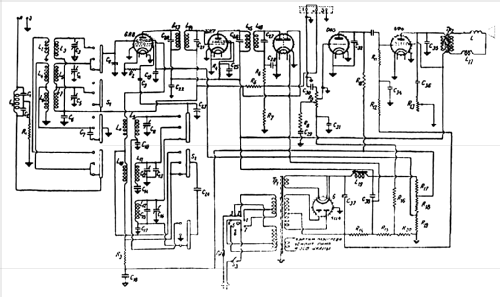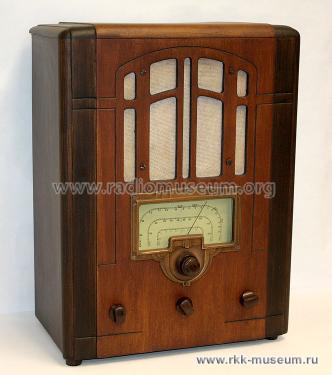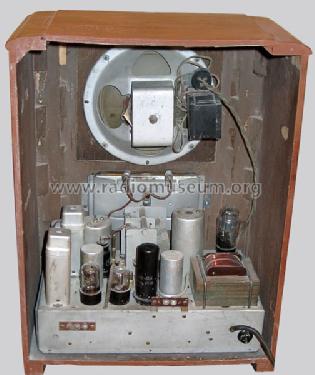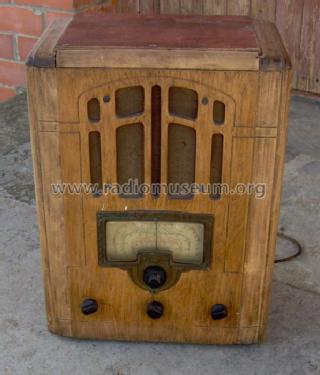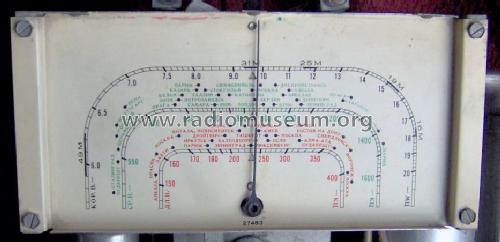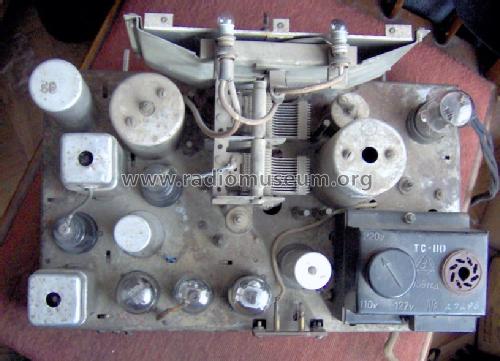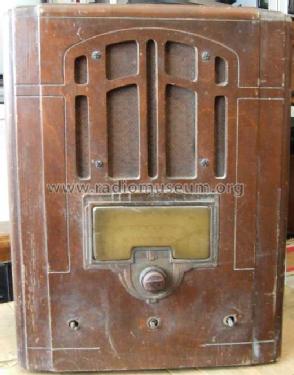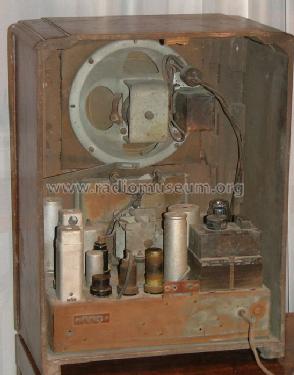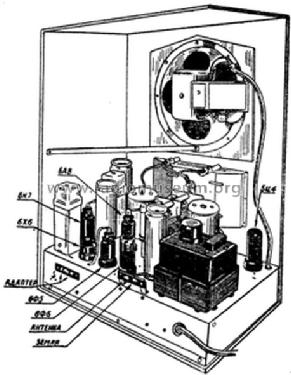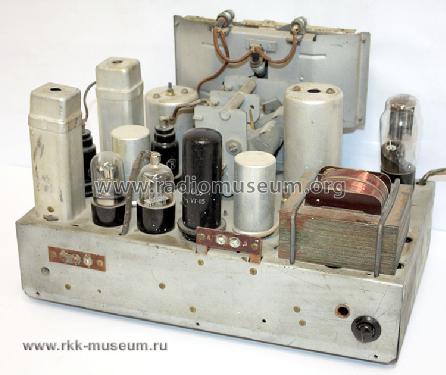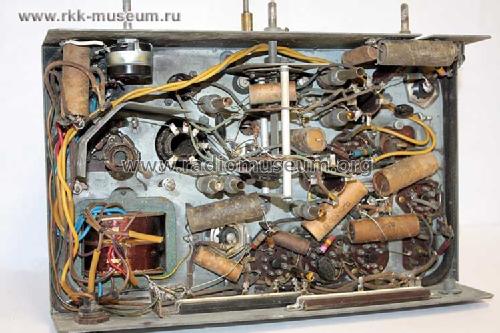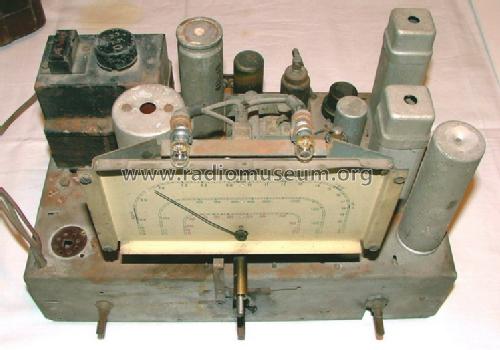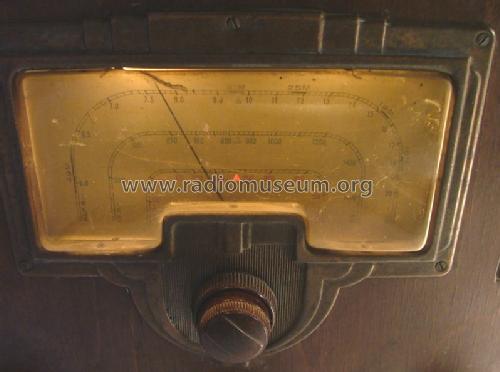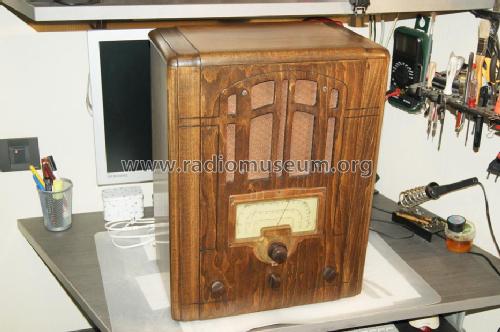6N-1 {6Н-1}
Voronezh Elektrosignal Radio Works
- Country
- Soviet Union
- Manufacturer / Brand
- Voronezh Elektrosignal Radio Works
- Year
- 1938–1941
- Category
- Broadcast Receiver - or past WW2 Tuner
- Radiomuseum.org ID
- 77612
Click on the schematic thumbnail to request the schematic as a free document.
- Number of Tubes
- 6
- Main principle
- Superheterodyne (common); ZF/IF 460 kHz
- Wave bands
- Broadcast, Long Wave and Short Wave.
- Power type and voltage
- Alternating Current supply (AC) / 110, 127, 220 Volt
- Loudspeaker
- Permanent or electro-dynamic (moving coil), system not known yet. / Ø 20 cm = 7.9 inch
- Power out
- 2.5 W (unknown quality)
- Material
- Wooden case
- from Radiomuseum.org
- Model: 6N-1 {6Н-1} - Voronezh Elektrosignal Radio
- Shape
- Tablemodel, high profile (upright - NOT Cathedral nor decorative).
- Dimensions (WHD)
- 380 x 480 x 225 mm / 15 x 18.9 x 8.9 inch
- Notes
-
The design of 6N-1 and 9N-4 broadcast receivers was a team effort of RCA engineers of Camden, NJ, and Soviet visitors to the USA in 1936-37. The prototype for 6N-1 was RCA 6T2 desktop model of 1936. Production of 6N-1 started in 1938 at "Elektrosignal" Radio Works in Voronezh, USSR, first as screw driving assembly of components supplied by RCA. Mass production of 6N-1 became possible after American equipment was started in the USSR for metal vacuum tubes, composition resistors and mica capacitors. Despite relatively short production period (early 1938 till June, 1941), the total amount of 6N-1 receivers exceeded 150,000 pieces. Russian spelling of 6N-1 is "6H-1".
- Mentioned in
- Past SU magazine RADIOFRONT Nr.09 -1938, Nr.08 -1939
- Literature/Schematics (1)
- E.A. Levitin. Radio Receiver's Handbook. Moscow, 1946 (in Russian)
- Other Models
-
Here you find 30 models, 28 with images and 22 with schematics for wireless sets etc. In French: TSF for Télégraphie sans fil.
All listed radios etc. from Voronezh Elektrosignal Radio Works
Collections
The model is part of the collections of the following members.
Forum contributions about this model: Voronezh: 6N-1 {6Н-1}
Threads: 1 | Posts: 3
Hallo,
habe gestern auf der AREB dieses Radio 2x gesehen.
Es war bei keinem die Rückwand dabei. Dafür sagten mehrere Leute, das dieses Gerät keine
Rückwand gehabt habe. Kann das sein ?
Zumindest ist auch kein Bild der Rückwand im Radiomuseum vorhanden.
Viele Grüße
Klaus Bayer
Klaus Bayer, 09.Oct.16
